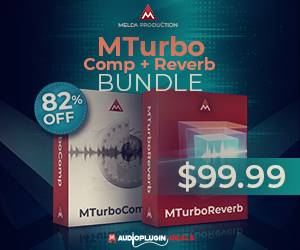19. February 2016 | Marketing | rightsify
12 steps to monetizing your music (Part 2 – Music Copyrights)

The difference between Publishing Rights and Master rights
One of the most little-known facts to many independent artists is that for every song there are two entirely different and separate copyrights that make up a song.
The first, and most commonly known is the ‘master’ or ‘sound recording’ right, this is typically what a record label would sign for a release. The second is the ‘Publishing Rights’, which entail the composition and lyrics of a song.
In our last article at Noizefield we dove into some of the four main revenue streams for independent artists, today we’ll be going into the different types of music copyrights.
Publishing Rights

While Publishing has been one of the major revenue streams for the music industry for close to a century, it is still very much underestimated and ignored by independent artists. Many think that publishing just means sync licensing but this couldn’t be further from the truth, while sync licensing does make up a major part of publishing revenue, the back-end royalties from each revenue source should not be ignored by independent artists.
Most commonly in independent music, the artist is almost always the songwriter or composer of a song. Publishing Rights are split into two different shares, there is the ‘Writers Share’ and the ‘Publishers Share’. This means that unless the artist has signed over their publishing rights to a publisher, the artist then owns 100% of the publishing rights, so if their music is played on the radio, television or licensed for TV they receive 100% of the publishers share. Unless licensed directly, publishing royalties are collected from music users by publishing rights societies who typically pay their members every 3 months to once per year.
Master Rights

As noted above, Master Rights, also known as sound recording rights are the rights of a recording, which is the version of a song that is released on platforms like Apple Music, Beatport or Spotify. Master rights are most often owned by the record label that releases a song but are also at times just licensed to them or if the artist owns their own label they also own the master rights.
With master rights, there are of course the royalties earned from when a song is sold or streamed, however there is also the little known but increasingly growing ‘Neighboring Rights’ royalties. These royalties, like Publishing also have two different shares, there is the ‘Producers Share’ which is for the master owner and the ‘Performers Share’ which goes to the artist. So if you are the artist and label you keep 100% of your Neighboring Rights royalties.
The two different types of music copyright are pretty confusing to those just starting out in music and even some who have been involved for years still don’t really know the difference. However, when it comes to monetizing your music rights it’s key as an independent artist to know exactly which rights you own and how you can earn from them.
Stay tuned for Step 3 of our ‘12 Steps To Monetizing Your Music’ series here at Noziefield.

More information: Rightsify






